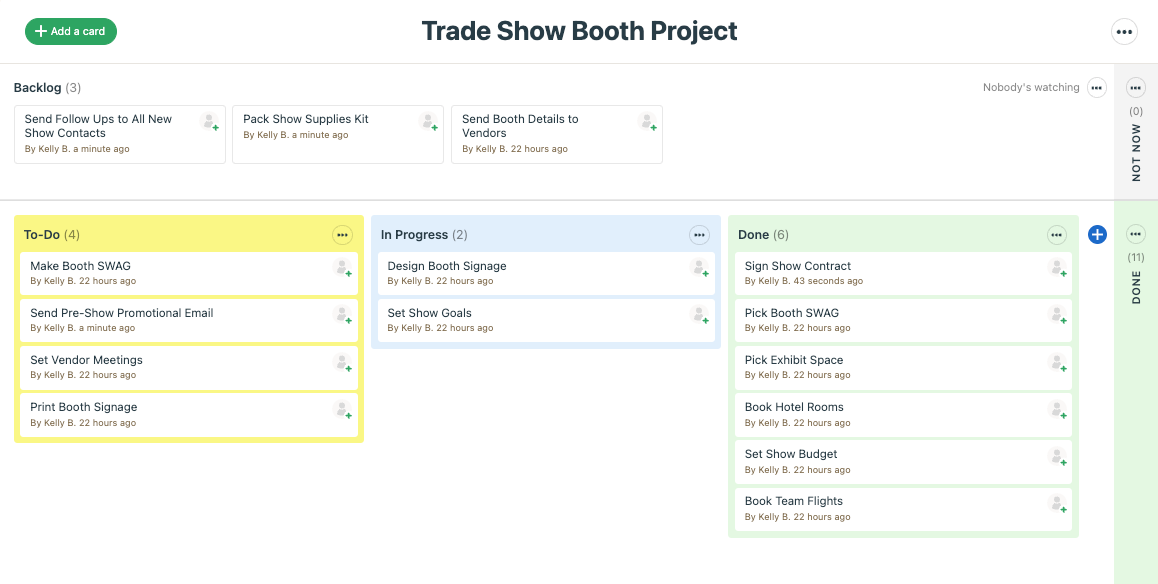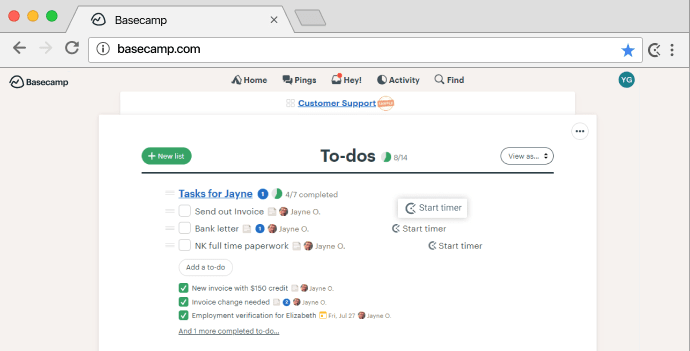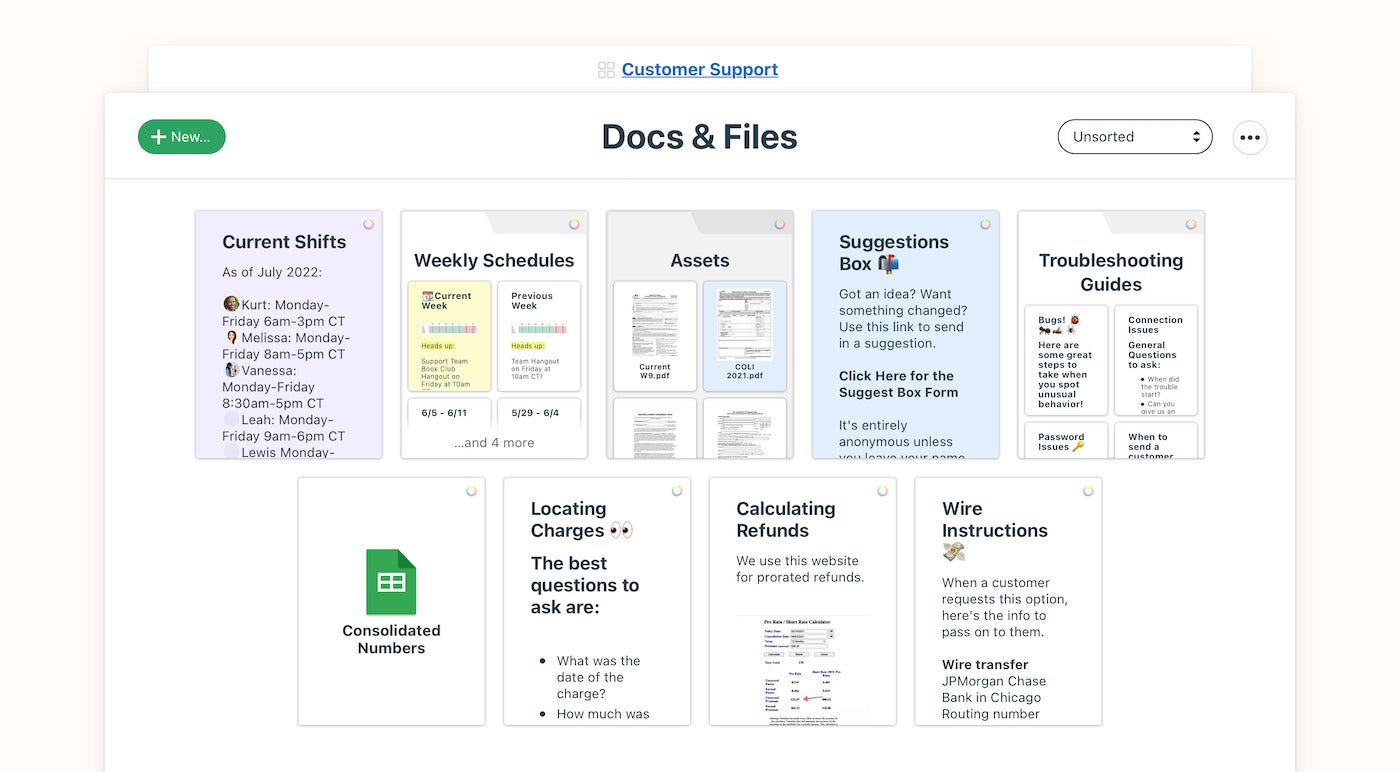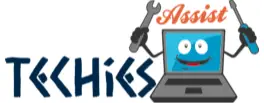[ad_1]
Basecamp review |
|
|---|---|
| Rating | 3.1/5 |
| Starting price | $15 per user per month |
| Key features |
|
Basecamp is a collaboration and project management platform designed for freelancers, small teams, startups and distributed teams. It can be used to track projects’ progress, store and share relevant documents and communicate with a project team. In this Basecamp review, we explore the pros and cons of the project management software to help you determine if it’s the right choice for your needs. If Basecamp is not the best fit for your team, we encourage you to explore other Basecamp alternatives or check out our list of the top project management tools.
Jump to:
What is Basecamp?
Basecamp is cloud-based project management software that was launched in 2004 by 37signals. Its features include message boards, to-do lists, simple scheduling, collaborative writing and file sharing. Basecamp can be accessed via a web browser or through apps for Mac, PC, iOS and Android.
Hands-on Basecamp review results
After experiencing the tool hands-on, we rated Basecamp according to more than 30 different variables. Here’s how it scored in the most important categories:
| Criteria | Score |
|---|---|
| Features | 4/5 |
| Pricing | 1/5 |
| Ease of use | 3.7/5 |
| Service and support | 3.5/5 |
Basecamp pricing: 1/5
| Pricing Plan | Cost/month |
|---|---|
| Basecamp | $15 per user per month |
| Basecamp Pro Unlimited | $299 per month, billed annually, for unlimited users |
Basecamp
The Basecamp plan costs $15 per person per month, making it the best choice for freelancers, startups and small teams. With this month-to-month plan, organizations are charged based on their team’s number of employee users. Most project management tools limit certain features to higher-tier plan types, but Basecamp includes all project management features with this plan.
Basecamp Pro Unlimited
Unlike the Basecamp plan, the Basecamp Pro Unlimited plan has a flat price of $299 per month when billed annually and $349 per month when billed monthly. This plan supports unlimited users, so if you have a large organization, it can actually be quite cost-effective. Besides project management features, this plan includes priority support, one-on-one onboarding for new Basecamp customers and 5 terabytes of storage.
Core Basecamp features: 4/5
While Basecamp offers some unique features, it also falls short in a few other categories.
Hill Charts
Basecamp’s unique Hill Charts feature (Figure A) is a 10,000-foot visual representation of project progress. With Hill Charts, project managers can monitor all projects in their pipeline and their time to completion. Each project is represented as a dot on the Hill Chart (Figure A); users can drag the dot where they want it to be on the graph.
Project views and templates

Basecamp’s project views are somewhat limited compared to other project management platforms. It does offer a to-do list as well as a Kanban board (Figure B), but it doesn’t offer a native grid or Gantt view — you’ll need a third-party integration for that. Basecamp also does not come with a library of built-in project templates. You can create and save your own template for future use, however.
Time tracking

Basecamp also does not include its own native time tracking. If you need that feature, you will need to set up one of the many time tracking integrations that are available. Some popular ones include Harvest and Clockify (Figure C), but many more are possible.
Document management

If your team creates a lot of documents and files, then you’ll be pleased to know that Basecamp includes document management capabilities. Not only can you add files directly to messages and tasks, but you can also add standalone files to the Docs & Files section (Figure D). You can also replace it with a new version and see version history.
Team collaboration

Ping is Basecamp’s version of one-on-one direct messages (Figure E). It allows users to privately message or ping one person or multiple people and get responses in real time. Messages can be text-based, and users can add sound, videos, emojis, files, quotes and code samples. Basecamp’s Campfire is a real-time group chat where users can interact with all team members, ask general questions and call out members with @mentions.
Basecamp ease of use: 3.7/5
Basecamp is designed to be simple to navigate and easy to learn thanks to its intuitive user interface, streamlined workflows and collaborative features. Users say that it offers a relatively low learning curve compared to other project management alternatives, and it’s quick to set up compared to some others as well. The interface is also mobile friendly, making it easy to use on the go. However, its automations are limited and rely on integrations instead of being built into the platform.
Basecamp customer service and support: 3.5/5
While Basecamp has 24/7 support and a comprehensive help center, there are limited ways to contact the support team.
Help center
If you want to troubleshoot on your own, Basecamp offers a number of how-to guides. Browse the guide by topic or by which version of Basecamp you have.
Customer support
The only way to contact Basecamp is through its online support request ticketing form. You can’t contact its team via phone or live chat. Basecamp claims to get back to all requests within an hour.
Hours
Basecamp’s customer support is available 24/7 thanks to a customer support team that spans seven time zones. If you need assistance on an evening or weekend, you won’t have to wait until regular business hours.
Basecamp pros and cons
| Pros | Cons |
|---|---|
| Offers both per user and flat-rate pricing options. | No forever free account. |
| Includes message boards for team discussions. | Pricing plans are more expensive than many competitors. |
| Doesn’t charge for invited guests. | Not suitable for complex projects requiring dependencies. |
| Offers calendar syncing for all employees. | Lacks native time tracking. |
Best uses for Basecamp
Here are some of the use cases where Basecamp might be a smart choice:
Freelancers
Basecamp’s simple interface will work well for freelancers mostly looking to manage tasks and simple projects. The single month-to-month pricing plan means that freelancers don’t have to worry about choosing the wrong plan for their needs or facing a sudden upgrade.
Small businesses
Basecamp’s unique flat fee plan offers cost savings for businesses with more than 20 employees. If you have a small business that falls into that sweet spot, Basecamp might actually be a cost-effective choice for your needs. If you have fewer employees, the month-to-month per user plan allows you to cancel or add seats anytime.
Students and teachers
While Basecamp doesn’t offer a forever free plan to the general public, it does make the platform free for students and teachers, while other non-profits get a 10% discount. If you’re an educator and Basecamp sounds appealing to you, email Basecamp from your school account, and it will apply the discount after verifying your information.
Basecamp integrations
Basecamp has more than 650 third-party integrations across nine categories at the time of this writing. Categories include mobile and desktop apps; time tracking, invoicing and accounting; reporting, charts and planning; file backup and synchronization; software development; marketing, design and asset management; customer service and support; contracts and proposals; and developer-only tools.
Examples of Basecamp integrations include the following:
- Very Cloudy: With Basecamp Very Cloudy, users can share files from more than 10 third-party services, including Figma, Airtable, Adobe, Dropbox, Google, Box, OneDrive and more.
- Slickplan: Basecamp integrates with Slickplan, which provides reporting, chart and planning tools to help development teams plan, build, collaborate and share design mockups, content plans and sitemaps.
- Clockify: Although Basecamp lacks native time tracking capabilities, it integrates with tools like Clockify, making it easy for teams to clock in remotely.
- Pro Backup: With the Pro Backup integration, users can get daily automated backups and file synchronization for their Basecamp account.
Basecamp alternatives and competitors
| Basecamp | ClickUp | monday.com | Jira | |
|---|---|---|---|---|
| Task management | Yes | Yes | Yes | Yes |
| Time tracking | Requires third-party integration | Yes | Yes | Yes |
| Gantt charts | Requires third-party integration | Yes | Yes | Yes |
| Collaboration tools | Yes | Yes | Yes | Yes |
| Forever free plan | No | Yes | Yes | Yes |
| Starting price (billed monthly) | $15 per user per month | $10 per user per month | $10 per user per month | $8.15 per user per month |
ClickUp: Best for budget-conscious teams
Those looking for a feature-rich and affordable project management tool will find ClickUp a worthy alternative to Basecamp. With paid plans starting at only $7 per user billed monthly, the platform offers features necessary to run a simple project from start to finish, including time tracking, Kanban, sprint management, task management, automation and collaboration features. For more information, check out our full ClickUp review to help you learn more about the platform’s capabilities and determine if it’s the best option for you.
monday work management: Best for advanced features
monday work management is another good alternative to Basecamp. With this platform, you can manage projects, portfolios, resources, goals and strategies. monday work management features file storage capabilities, automation, collaboration, administration and control and more.
For more information, check out our full monday work management review to help you determine if it’s the best option for you.
Jira: Best for development teams
Jira is an issue-tracking software solution developed by Atlassian. It promotes Agile project management and has sprint planning and backlog management features. Jira serves as a central hub for software releases, bug fixes and feature implementation. To help you determine if Jira is the best alternative to Basecamp, check out our full Jira review.
Frequently asked questions
Basecamp’s collaborative features and ease of use make it one of the best project management tools for freelancers and teams. We answered some of the most commonly asked questions about Basecamp.
Does Basecamp have Gantt charts?
Basecamp doesn’t offer in-built Gantt chart capabilities. Instead, you must integrate with tools like Ganttify to create Gantt charts from your Basecamp projects.
Is Basecamp easy to use?
Yes, Basecamp offers a visually appealing user interface that makes it easy to navigate. The platform has a low learning curve and is easy to use, even for beginners.
Does Basecamp have a kanban board?
Basecamp offers a Card Table tool, its own version of the Kanban board. You can move the cards across boards and click them to display more information about the tasks, like due dates, notes, attachments and conversations about that card.
Is it safe to use Basecamp?
Yes. The company protects its servers with biometric locks and 24/7 interior and exterior surveillance monitoring. Basecamp regularly backups your data on multiple disks and stores it in different locations. It also encrypts the data sent to and from the platform to ensure the safety of your data.
Why is Basecamp so popular?
Basecamp is famous for several reasons, including ease of use, communication and collaboration capabilities, being remote-friendly and its focus on simplicity. It promotes a clutter-free environment, allowing users to focus on what matters: their projects and tasks.
Basecamp review methodology
In addition to hands-on testing, our review methodology included gathering data from the Basecamp website, looking through Basecamp’s documentation and evaluating product reviews from research and review companies. We also analyzed user reviews of Basecamp to learn about its strengths and areas for improvement based on customers’ complaints.
[ad_2]
Source link

